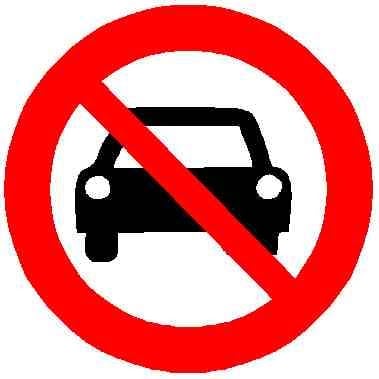- cross-posted to:
- technology@lemmy.world
- cross-posted to:
- technology@lemmy.world
Our research was technically right, but we had not taken into account changes in human behavior. Cars are more convenient and comfortable than walking, buses and subways — and that is why they are so popular. Make them even cheaper through ride-sharing and people are coaxed away from those other forms of transit.
This dynamic became clear in the data a few years later: On average, ride-hailing trips generated far more traffic and 69% more carbon dioxide than the trips they displaced.
We were proud of our contribution to ride-sharing but dismayed to see the results of a 2018 study that found that Uber Pool was so cheap it increased overall city travel: For every mile of personal driving it removed, it added 2.6 miles of people who otherwise would have taken another mode of transportation.
Where I live, Uber solved the getting home drunk problem.
Public transport isn’t open at night.Public transit has been lacking in my city even before the pandemic. They are still paying off for a light rail system from a decade ago that they are not maintaining. Also all the ticket machines smell like piss, which should not be a surprised considering for years there’s been some guy who has been urinating at almost all the station.
Everything that encourages someone to get in a car will make traffic worse.
Of course Uber wouldn’t help traffic.
Robotaxis? Probably not. But autonomous vehicles that can communicate and drive as a group? Yes that will help. Then induced demand and all that, but it will increase capacity.
We’ve seen time and time again that increased capacity doesn’t actually help traffic.
Capacity just isn’t the issue.
Robust public transportation will help a lot more. But go ahead and argue with the MIT scientists who wrote this article if you like. Their research seems to show you’re wrong.
He literally agrees that they won’t magically help with traffic, what’re you talking about?
deleted by creator



